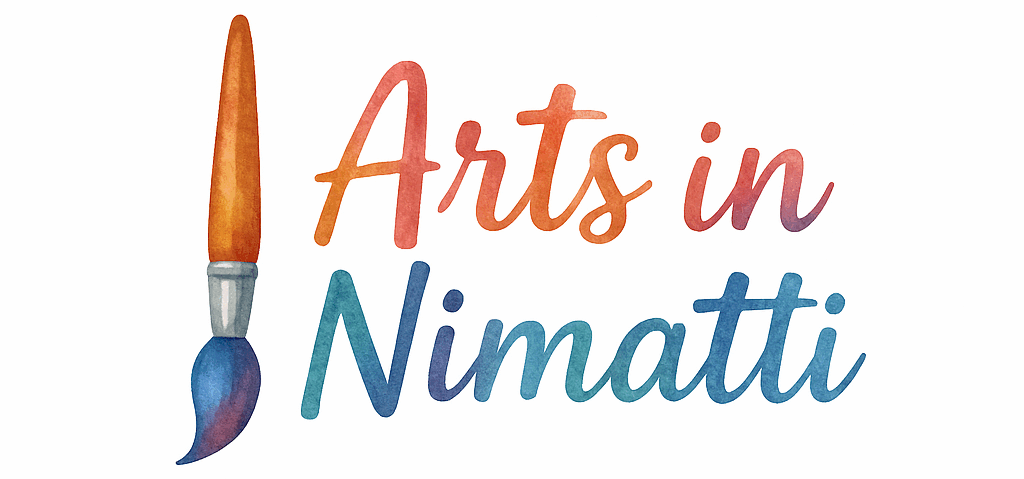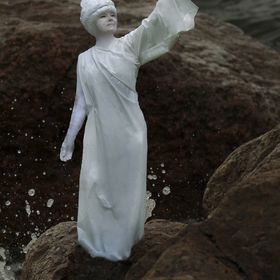Introduction
Let’s be real — every artist, whether beginner or pro, has had those “oops” moments when a painting just doesn’t go as planned. It might be a muddy color mess, an overworked corner, or a flat composition that lacks that wow-factor. But guess what? You don’t have to toss the canvas and cry into your paint water. There are some quick, effective fixes for these common painting mistakes, and we’re diving into five of them right now.
Why Painting Mistakes Happen
The Learning Curve in Art
Making mistakes is part of the artistic journey. In fact, some of the best painters in the world will tell you that failure is just part of finding your voice.
Trial, Error, and Happy Accidents
Ever heard of Bob Ross’s “happy little accidents”? Mistakes can sometimes lead to unexpected brilliance. But when they don’t, it’s good to have a game plan to fix them.
Mistake #1: Muddy Colors
What Causes Muddy Colors?
This is the most common culprit for a painting that looks lifeless. It happens when you mix too many colors together without understanding how they interact, especially complementary colors.
Quick Fix: Use a Clean Palette and Complementary Color Awareness
Clean your brush thoroughly between color changes. Keep a color wheel handy and be mindful of mixing warm with cool tones.
Bonus Tip: Limit Your Palette
Using fewer colors can actually give you more control. Master painters often use a limited palette to maintain harmony and avoid accidental mud.
Explore more ways to improve your art techniques at Arts in Nimatti.
Mistake #2: Overworking the Painting
Recognizing Overworked Areas
A sure sign of overworking? The colors start to dull, textures flatten, and everything blends into mush. If you’ve added and erased a detail five times… you’ve probably overdone it.
Quick Fix: Step Away and Use Glazing
Give your painting some space — literally. Walk away, take a photo, or look at it in a mirror. Once refreshed, use glazing (thin transparent layers of paint) to revive lost depth.
Bonus Tip: Work in Layers, Not Panic
Let layers dry, build up your painting slowly, and embrace the process. Rushing leads to chaos — like trying to cook five meals in one pot.
Discover how to avoid overworking in your creative habits at Arts in Nimatti.
Mistake #3: Incorrect Proportions
Why Proportions Matter
When anatomy, object scale, or perspective is off, the whole painting can feel… weird. This is especially true for portraits or landscapes.
Quick Fix: Use Grid Systems or Sketch First
Light sketching or a grid method helps you map proportions accurately. It’s like using GPS for your brush.
Bonus Tip: Flip Your Canvas
This trick resets your eyes. You’ll immediately spot proportion issues when the painting is upside down or viewed in a mirror.
For more resources on art education, visit Arts in Nimatti.
Mistake #4: Flat or Dull Composition
What Makes a Painting Look Flat?
No contrast, a lack of focal points, and poor lighting can suck the life out of your piece.
Quick Fix: Add Contrast, Depth, and Light Source Awareness
Use value shifts, bold color contrasts, and defined highlights/shadows. Think foreground, midground, and background like a photographer.
Bonus Tip: Think Like a Cinematographer
Ask yourself: “Where’s the drama?” Use leading lines, light sources, and color temperature to create emotion and movement.
Dive into inspiration techniques on Arts in Nimatti.

Mistake #5: Visible Brush Strokes or Texture Mishaps
When Texture Gets in the Way
Sometimes texture adds life, but other times, especially with fine details, too much can be distracting.
Quick Fix: Blend Smart or Embrace It!
Use soft brushes for blending or palette knives for bold texture. Know when to smooth out and when to let it be.
Bonus Tip: Use the Right Brush for the Right Job
Don’t try to blend with a bristle brush or detail with a mop. Invest in the right tools and understand their function.
Check out brush tutorials at Arts in Nimatti – Art Tutorial Tag.
Turning Mistakes Into Masterpieces
Every mistake teaches you something. A muddy corner might inspire a whole new palette; an odd shape could turn abstract. Great art is less about perfection and more about persistence.
Final Thoughts: Embrace the Process
Painting isn’t just about creating something pretty. It’s about learning, growing, and figuring out what works for you. Mistakes are proof you’re exploring — and that’s what being an artist is all about.
Internal Resources for Artists
Explore More at Arts in Nimatti
Tags You’ll Love:
- Art Classes
- Art History
- Art Portfolio
- Art Productivity
- Art Travel
- Artist Life
- Creativity
- Idea Generation
- Online Art Sales
- Ecommerce
- Painting Tips
Conclusion
Making painting mistakes is nothing to be ashamed of — they’re stepping stones in your creative journey. Whether you’re mixing colors like a potion gone wrong or fighting with your proportions, remember: quick fixes are always within reach. Take a breath, grab your brush, and keep going. You’ve got this.
FAQs
1. What are the most common painting mistakes?
Muddy colors, poor composition, incorrect proportions, visible brush strokes, and overworked areas top the list.
2. How do I avoid muddy colors in painting?
Stick to a limited palette, clean your brush regularly, and understand complementary colors.
3. Can overworking a painting be reversed?
Yes, stepping away, letting it dry, and using glazing techniques can bring it back to life.
4. What’s a quick fix for flat-looking art?
Add contrast, define a light source, and create visual depth using foreground and background elements.
5. Are visible brush strokes always bad?
Not at all. It depends on the style. Use the right brush and technique to control the texture.
6. How do I improve my proportion drawing skills?
Use grid systems, sketch lightly, and flip your canvas to spot mistakes more easily.
7. Where can I learn more about painting techniques and avoiding mistakes?
Explore the many tutorials and resources available on Arts in Nimatti.

